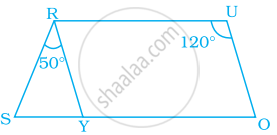Advertisements
Advertisements
प्रश्न
In the given figure, ABCD is a parallelogram, find the values of x and y.
उत्तर
ABCD is a parallelogram.
Opposite angles of a parallelogram are equal.
∴ ∠A = ∠C
⇒ 4x + 3y - 6 = 9y + 2
⇒ 4x - 6y = 8
⇒ 2x - 3y = 4 ....(i)
AB || CD and AD is the transversal.
∴ ∠A + ∠D = 180° ....(Co-interior angles are supplementary)
⇒ (4x + 3y - 6) + (6x + 22) = 180°
⇒ 10x + 3y + 16 = 180°
⇒ 10x + 3y = 164 ....(ii)
Adding equations (i) and (ii), we get
12x + = 168
⇒ x = 14
Substituting the value of x in (i), we get
2 x 14 - 3y = 4
⇒ 28 - 3y = 4
⇒ 3y = 24
⇒ y = 8
Hence, x = 14 and y = 8.
APPEARS IN
संबंधित प्रश्न
In the following figure, ABCD and PQRS are two parallelograms such that ∠D = 120° and ∠Q = 70°.
Find the value of x.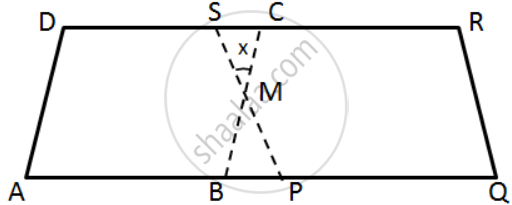
In case of a parallelogram
prove that:
(i) The bisectors of any two adjacent angles intersect at 90o.
(ii) The bisectors of the opposite angles are parallel to each other.
In the given figure, AP is the bisector of ∠A and CQ is the bisector of ∠C of parallelogram ABCD. 
Prove that APCQ is a parallelogram.
In the following figures, find the remaining angles of the parallelogram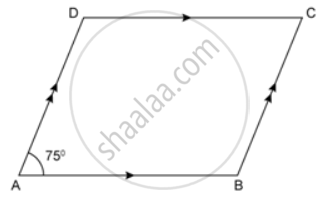
In the following figures, find the remaining angles of the parallelogram
In the following figures, find the remaining angles of the parallelogram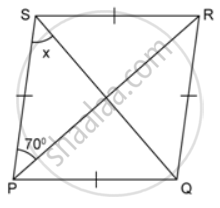
The angles of a triangle formed by 2 adjacent sides and a diagonal of a parallelogram are in the ratio 1 : 5 : 3. Calculate the measures of all the angles of the parallelogram.
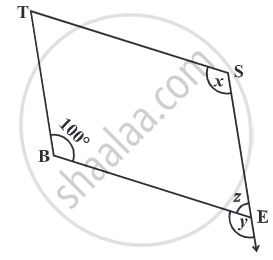
The sum of adjacent angles of a parallelogram is ______.
In the given parallelogram YOUR, ∠RUO = 120° and OY is extended to point S such that ∠SRY = 50°. Find ∠YSR.
